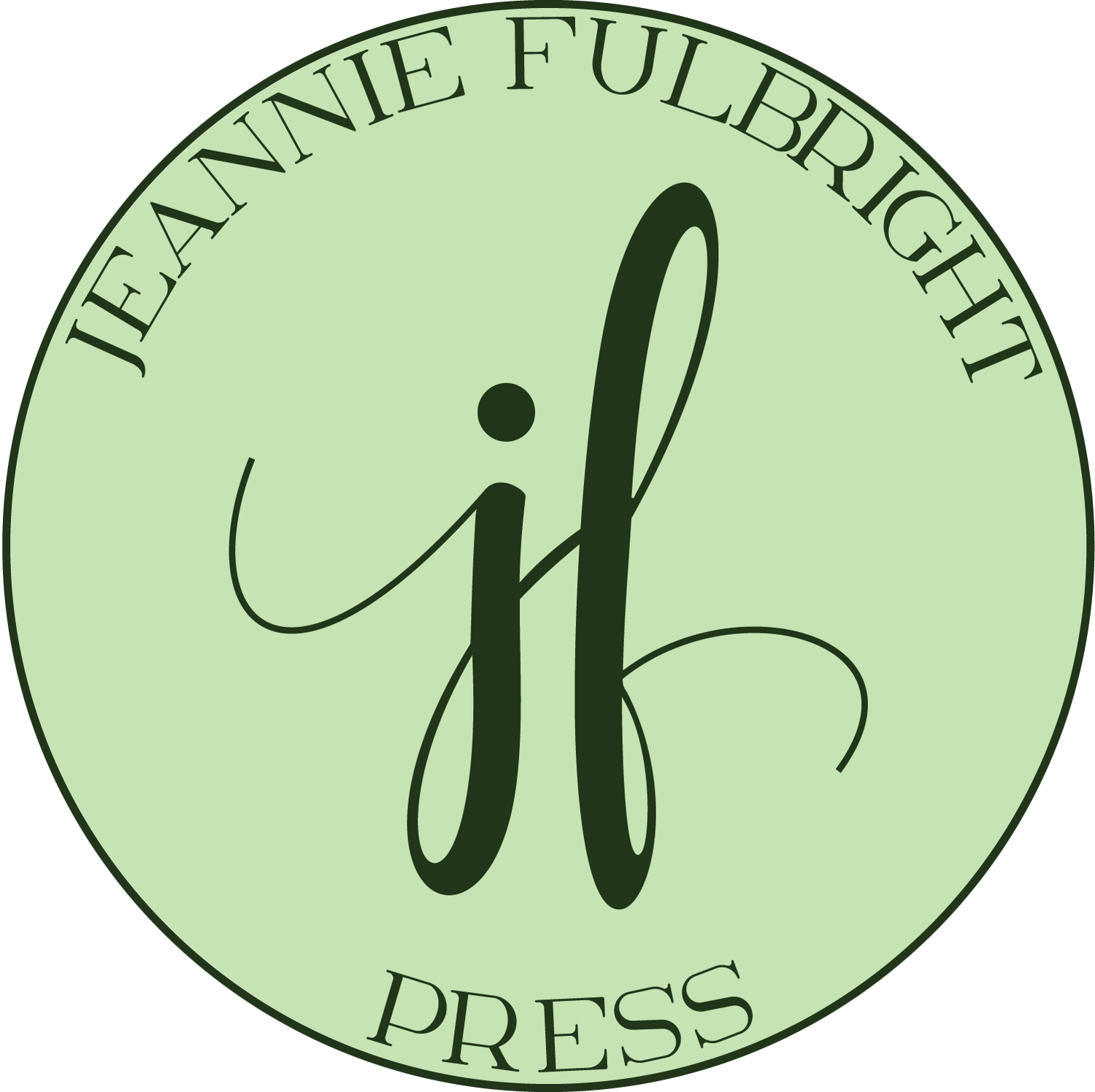Writing in the Homeschool
Academic writing is simple, really. Almost too simple. You’ll soon be saying, “Why didn’t I think of that?” The Composition Code is simply a formula for academic writing. It's the easiest way to teach homeschool writing. It’s not used in many other kinds of writing, though as an attorney, my husband uses the format loosely when writing legal briefs.
After you read this, you may be thinking, boring, boring, boring. Just remember, the point of academic writing is not to entertain but to prove your knowledge in an organized and concise manner. Yes, boring--but a producer of A's. In fact, essays using this code are a safe bet for college entrance tests.
So let's get to Cracking the Composition Code!

I will explain the formula using a simple five-paragraph essay. The same formula can be used for shorter or longer essays. That means that the five paragraph essay could become the five page essay, adding more details, paragraphs, and content for each "point" you make in your essay. You'll understand more as you read on.
Generally, the idea is that in the first paragraph, you state your thesis, then briefly give three reasons (points) separated by commas, and end with a transition sentence that leads into the next paragraph. Each following paragraph will highlight one point, then end with a concluding paragraph.
To help you remember the formula, it will follow this acronym: OPT1REST2REST3RESTC.
First Paragraph
Opening Sentence: Your opening sentence will state your thesis and why. You will usually have the word "because" in this sentence.
Points: Tell what your reasons are; all your supporting reasons are stated simply in one sentence. Each reason will then be its own paragraph. Be certain to state the reasons in the order of the paragraphs.
Transition: Transition into the next portion of your essay, which examines each of these reasons in detail.
Then you move into REST paragraphs. Each of the next three paragraphs begins with one of the reasons or points, followed by supporting evidence, and a transition.
1REST (1st Paragraph)
1st reason paragraphReason restated in different wordsEvidence supporting reasonSummary supporting opening thesisTransition
2REST (2nd Paragraph)
2nd reason paragraphReason restated in different wordsEvidence supporting reasonSummary supporting opening thesisTransition
3REST (3rd Paragraph)
3rd reason paragraphReason restated in different wordsEvidence supporting reasonSummary supporting opening thesisTransition
C - Conclusion
Conclusions are tricky. Some professionals say, “Don’t summarize.” Others say, “You must summarize.” Some say, “End with a thought provoking idea concerning your conclusions.” Others say, “Don’t submit any new ideas.” I believe briefly summarizing in different words and restating your thesis is a safe way to conclude. It’s also fine to end with a thought provoking idea, or question, as long as it’s relevant and truly works with the essay.
Here are some ideas for your conclusion:
- Give a brief summary of the paper's main points using different words.
- Ask a challenging question.
- Use a relevant quotation.
- Compel the reader to act upon the information.
- Give a warning.
- Compare it to other situations.
Here are some things you should avoid:· Ending with a summary that sounds like your first paragraph
- Introducing a new idea or subtopic—unless it’s interesting, very relevant, or thought provoking
- Bringing up a minor point in the essay
- Apologizing or making a disclaimer, such as, “I may not be an expert”
On essay test questions, there is usually a correct answer that was taught during the course. You will need to know the correct answer based on what was taught in class. Your numbered reasons will be limited to these answers, not your opinion. It's of utmost importance that you do not add to the reasons your teacher taught you in class. The professor is only interested in seeing that you know the correct answer. Your conclusion can interject opinion, but should not stray from the main focus of the course.
Is this all there is to academic composition? No, the Composition Code is simply the basic formula, the very beginning. Writing an excellent composition requires good organization of thought, minimizing words, using powerful verbs instead of adjectives (creative writing likes adjectives), removing qualifiers, using active voice, rewriting nominalized verbs, removing perfect tense verbs, and knowing the particulars of style.
Many Universities have writing labs and instruction on the Internet--here's a great example of an online lab from Purdue.
Hope this helps! Read on for more writing tips.


